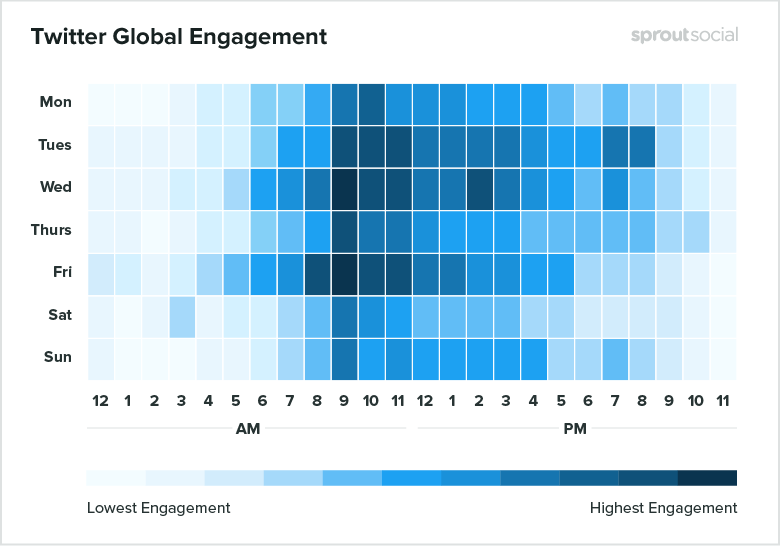Webinars have become one of the quickest and easiest ways for organizations to share information and commit to the continued learning and education of their employees.
Additionally, webinars can be an excellent way for you to show your team’s expertise, demo your product, and build your company’s credentials as a thought leader in a given industry or skill. The potential benefits of running a successful and well-executed webinar are clear. But how do you ensure you organize your program for maximum ROI? Ensuring that you have a well built out webinar program will not only yield a positive experience for your viewers, but it can be a major step towards building momentum around any number of marketing initiatives.
Pick a tool to help you plan your webinar
Before we dive into the nitty-gritty of what it takes to launch a truly successful webinar, it’s important to consider the technical aspect of executing your program and evaluate the different tools at your disposal.
G2.com has collected hundreds of real user reviews to help you choose a variety of webinar software that you can choose from to help you execute the best virtual seminar possible.
Make sure the software you’re looking for has the capabilities and features you need in order to reach the audience you’re expecting. Is this going to be an internal program for a few dozen employees or will it be a large seminar for (hopefully) thousands of viewers hanging onto your every word? What sort of budget considerations do you have? Making sure you have the appropriate software, such as a backup software that will save your progress if some accident occurs, can go a long way towards creating a seamless, enjoyable experience for everyone involved.
Now, let’s dive into making that plan.
1. Carefully consider your audience
One of the most important aspects of crafting a successful plan for your marketing webinar is crafting an audience persona around which you can organize your content.
Luckily, you don’t need special training or the knowledge of an industry insider to do this. Creating an audience persona is simply the process of putting yourself in the shoes of your potential viewers and trying to understand what might motivate them to watch your webinar. An easy way to do this would be to ask yourself what problems might your audience be experiencing and what you can offer in your content to help them solve it. Of course, you can’t actually fix it for them, but you can provide them with relevant insight to help spur their thinking and problem-solving. Doing this will make sure your webinar is relevant and valuable, creating an overall positive experience with you and your brand.
2. Spread the word
You can mess up your marketing webinar before the host even starts to speak. After all, if nobody watches it, you might as well not have put it on in the first place.
It might seem obvious at first, but the importance of a strong social media campaign around each and every webinar you put on cannot be overstated. Of course, there’s more to this than simply sending a bunch of tweets the day before. According to Sprout Social, platforms such as Twitter have differing levels of audience engagement depending on the day of the week and the time of day. For example, some of the best times to promote your upcoming webinar would be early in the day on Wednesday or Friday, or mid-day on Tuesday.

Just like with planning the content of the webinar itself, you also need to tailor the messaging of your posts to the audience you’re targeting. Having a clear goal in mind in terms of who you want to reach and tailoring your messages accordingly will be much more effective than launching a generic copy into the void. Your marketing automation tool can help you target the right audience and tailor messaging as you measure the success of promotion campaigns.
You can even use a landing page builder in order to have a content hub for all webinar information. Make sure to include information such as time, topic covered, any special guests, and more. Think of all the information you’d need to know before committing to going and provide it for your audience.
3. Format your program
Now that you know who your audience is and hopefully have started raking in the engagement, the next thing you need to do is package that information in a way that’s entertaining and effective at communicating information. After all, it won’t matter how well thought out your audience persona is if the actual webinar is poorly executed.
Below are some of the more common formats for a webinar.
The seminar
This is the most classic style of webinar; it is characterized by having a single speaker who presents all information, runs the show, and answers questions from the audience. This form of webinar is by far the easiest to put on. It’s also the most common and might lack perspective and variety boasted by the other forms.
The Interview
An interview-style webinar is where a discussion is had between two people, generally an authority and an interviewer who acts as a stand-in for the audience. It’s usually considered to be more engaging than a seminar-style webinar, however, it can be difficult to coordinate, particularly if you plan on sourcing outside help.
The panel discussion
This last form of webinar features an even more conversational tone than either the seminar or interview; instead of being presented information by experts, the audience is instead invited into a conversation between equals about the topics at hand. Despite this benefit, panels are by far the hardest to execute as they require mediation to keep the conversation on track and can often suffer from having some of the voices drowned out.
Put your best foot forward
Once you’ve selected a tool, considered the appropriate audience, built a promotional campaign, and decided on a format, you’re ready for your expertise to shine through and dazzle your audience. Webinars can be powerful tools for brand building and establishing your team’s expertise, so it’s important to slow down and take your time to ensure you create the best representation possible.
Piper Thomson works with G2 as a Content Marketing Associate. Originally from Cincinnati, Ohio, they graduated from Kenyon College with a degree in Sociology. Their interests include podcasts, rock climbing, and understanding how people form systems of knowledge in the digital age.
